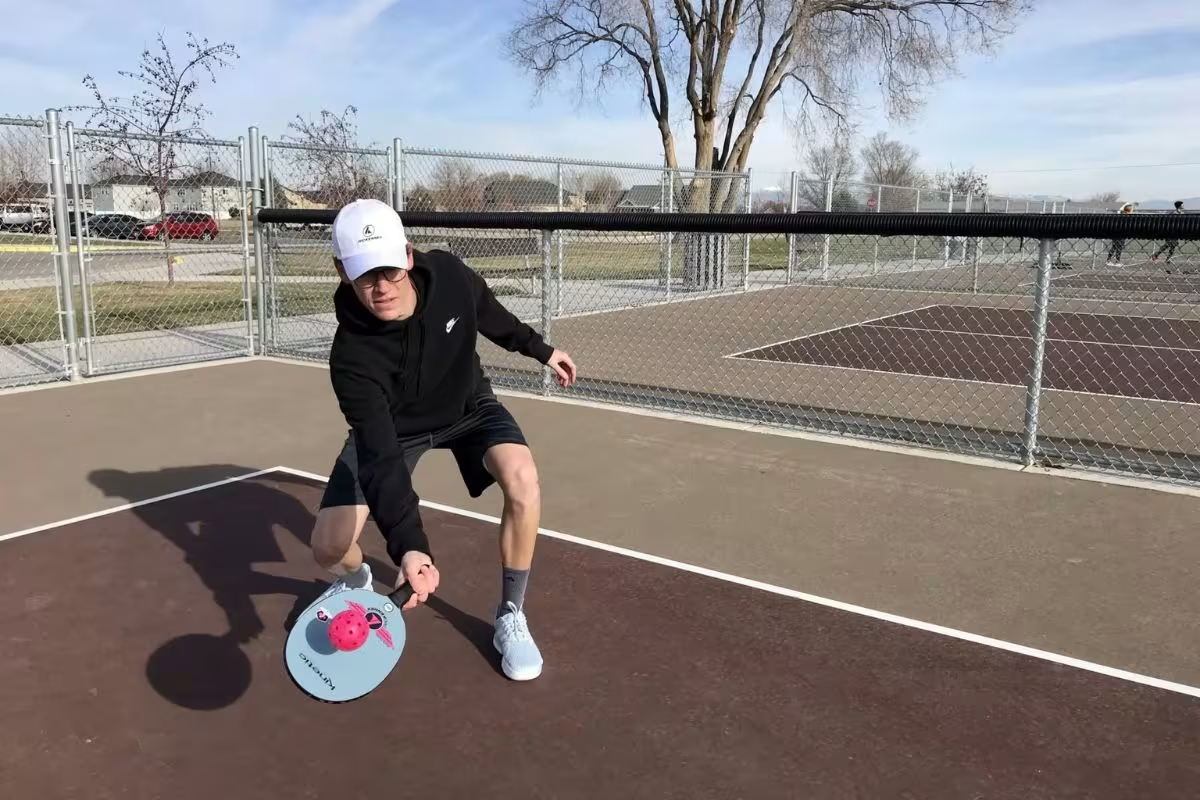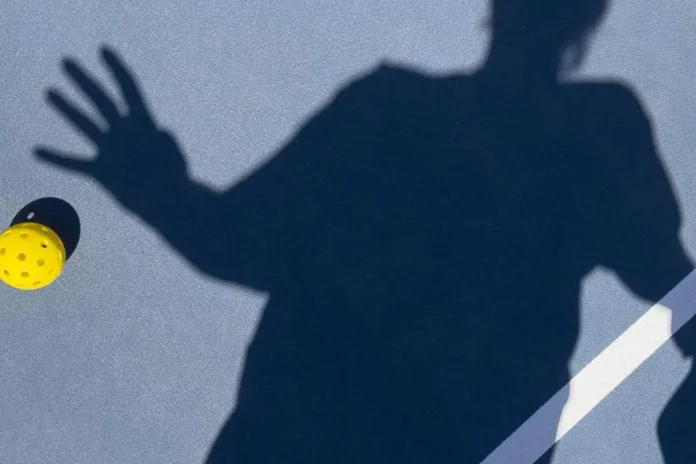5 Pickleball Shots to Forget: In pickleball, shot selection plays a pivotal role in determining a player’s success. While some shots may work at the beginner level, they quickly become liabilities as a player advances. Here’s a breakdown of the five worst shots in pickleball, explaining why they fail and when they lose their effectiveness.
1. The High, Slow Lob in Pickleball
Although lobs can be effective at the beginner level, a high, slow lob is a prime target for advanced players. These players can easily smash it back with power, turning it into an effortless winner.
This shot becomes problematic at the intermediate to advanced levels, where players have the speed and positioning to take advantage of a high, slow lob.
When a lob is necessary, it should be deep and fast, ideally directed over the opponent’s backhand side, forcing them to respond with a weaker shot.
2. The Pickleball Pop-Up Dink
A dink that pops up too high provides the opponent with an easy put-away shot. In doubles, this shot can cost valuable points and momentum.
As soon as a player advances beyond the beginner level, high dinks become a liability. Players who have mastered net play will quickly punish any high dinks.
Dinks should remain soft and low, just clearing the net. A steady paddle and minimal wrist motion help maintain control over the shot’s height and trajectory.
3. The Forehand Slice Return
The forehand slice return tends to stay low but bounces short, allowing the opponent to take control of the rally from the outset.
At intermediate and higher levels, skilled players recognize this shot as an opportunity to seize control of the net.
A player should vary their returns by using deep, flat shots to push the opponent back or controlled topspin shots to keep them off-balance.
4. The Drop Shot Volley in Pickleball
A drop-shot volley is a risky choice when the opponent is positioned deep behind the baseline. This shot gives them the chance to close the distance and regain control of the court.
The drop shot volley is often ineffective at all levels, as it allows the opponent to advance quickly and take over the net.
This shot should only be attempted when the opponent is off-balance or hitting from their back foot. Otherwise, it often results in the opponent regaining control.

5. The Overhit Serve in Pickleball
A serve that is hit with excessive power and insufficient control can easily land out of bounds, resulting in a free point for the opponent.
The overhit serve is problematic at any level, but it becomes especially costly at higher levels, where opponents expect precision and consistency from the serve.
Control should be prioritized over raw power. Varying serves with placement, spin, and speed keeping the opponent guessing while minimizing the risk of errors.
The Importance of Shot Selection in Pickleball
As players progress in pickleball, shot selection becomes increasingly important. Beginners may rely on basic shots, but players at higher levels must strategize and place their shots more effectively.
At advanced levels, raw power won’t win points. Skilled players are ready for fast-paced shots, which makes control and accuracy the more important factors.
As players’ games develop, they must learn to anticipate the opponent’s moves, positioning themselves to make the most effective shot.
How to Recover After Making a Bad Shot
Every player hits a bad shot from time to time. Even the most seasoned professionals make mistakes. The key difference is how players recover after hitting a poor shot.
- A player should mentally acknowledge a bad shot but avoid dwelling on it. Focusing too much on the error can lead to frustration and more mistakes.
- After a bad shot, a player should shift their attention to the next point. Taking a deep breath and visualizing the next shot helps reset focus.
- Analysis should be saved for after the game. During play, players should stick to their strategies. Reviewing mistakes later ensures improvement without disrupting the flow of the match.
- One bad shot shouldn’t shake a player’s confidence. Every player has off moments, but the best players know how to quickly recover and maintain focus.
News in Brief: 5 Pickleball Shots to Forget
Shot selection is crucial in pickleball, especially as players progress through different skill levels. Shots like the high, slow lob, pop-up dink, and forehand slice return may be effective at the beginner stage, but they fail at higher levels.
Players who master control, accuracy, and shot placement can maintain a competitive edge, recovering quickly from mistakes to stay on track.
ALSO READ: 5 Essential Pickleball Rhymes to Beat the Opponents Every Time

